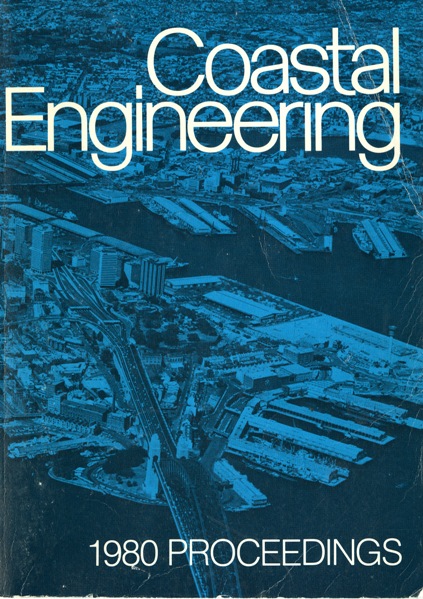Abstract
It is known that nearshore areas occupied by longshore bars constitute a zone of active migration of bottom deposit due to agitation by breaking waves and wave-induced on-/offshore currents and longshore currents. So far there is still a lack Of actual data from the field itself concerning the magnitude and variability of single parameters involved in the stability and migration of longshore bar features. This paper summarizes data collected from a comprehensive field study in the years from 1976 to 1979 when grain size distributions were obtained from a narrow grid of core samples and repeated soundings and continuous measurements of waves and wave-induced currents were carried out. With regard to the characteristics of different longshore bar feature relationships e. g. in between bottom gradients and mean grain sizes are analyzed. Furthermore distinct types of topographic response within the submarine belt occupied by longshore bars depending upon the variable intensity and position of breaking waves and the resulting magnitude and variability of wave-induced currents are pointed out and presented for discussion as a contribution towards a general understanding of longshore bar characteristics and changes.
Authors retain copyright and grant the Proceedings right of first publication with the work simultaneously licensed under a Creative Commons Attribution License that allows others to share the work with an acknowledgement of the work's authorship and initial publication in this Proceedings.

